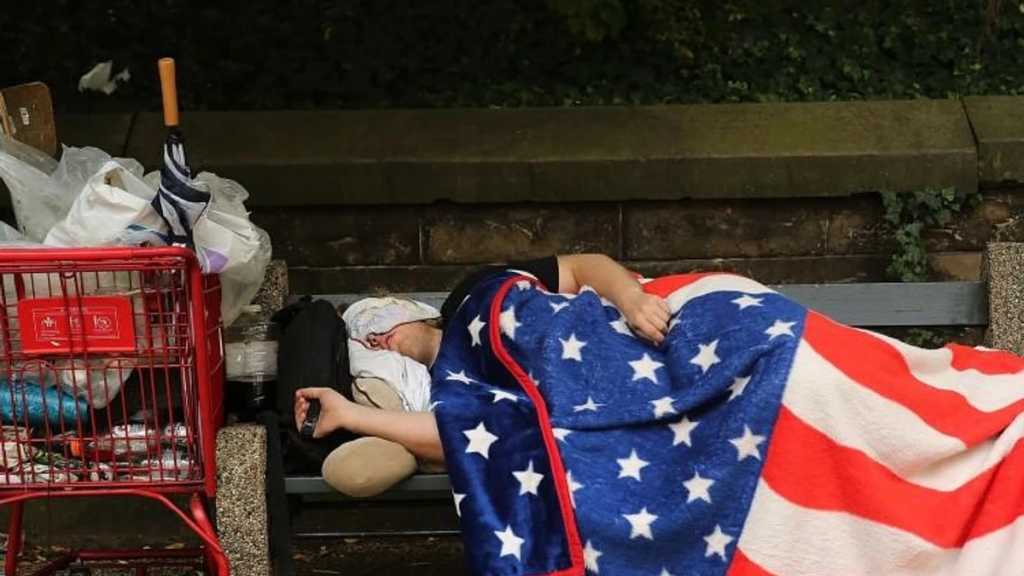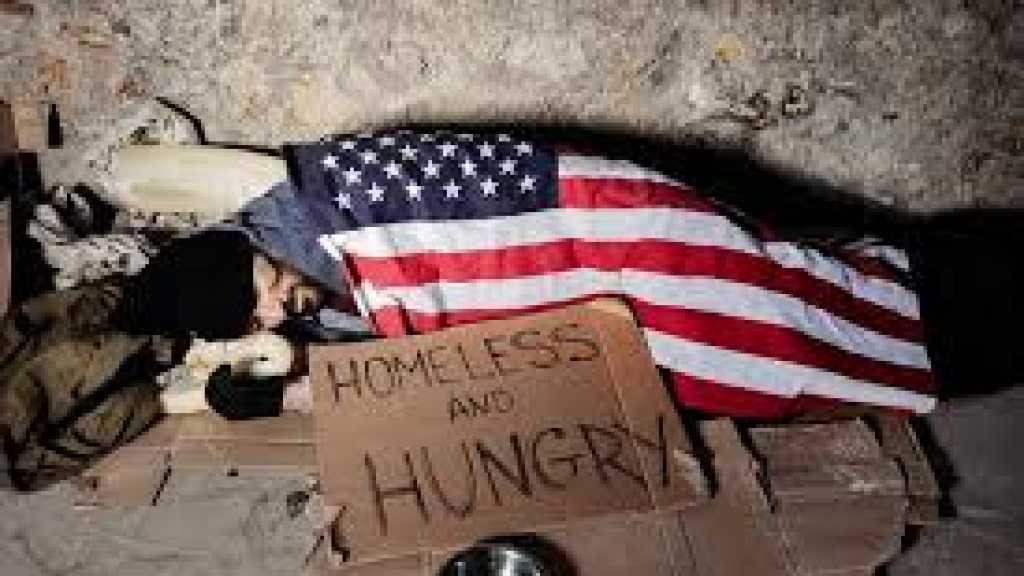America’s Hidden Crisis: The Dark Side of Wealth and the Rise of Poverty

By Mohamad Hammoud
Poverty in the United States is a pressing issue that often goes unnoticed amid the country’s vast wealth and military expenditures. Despite being one of the richest nations, the US struggles with an alarming poverty rate, underscoring systemic failures to support its most vulnerable citizens. A significant portion of the US budget is allocated to foreign conflicts while neglecting pressing domestic issues such as poverty, homelessness, and the opioid crisis. This essay critically examines the US government's allocation of resources, highlighting the stark contrast between military expenditures and the dire needs of its own citizens.
Military Spending and Foreign Interventions
In 2023, the US military budget reached approximately $820.3 billion, accounting for nearly 13.3% of the entire federal budget. This immense expenditure is often justified by the need to maintain national security and global influence. However, a substantial portion is directed toward foreign conflicts, including military aid to Israel, which has been used in operations that have resulted in the deaths of Lebanese and Palestinian civilians. This support has drawn criticism for perpetuating violence and instability in the Middle East.
Domestic Neglect: Poverty and Homelessness
While the US government spends billions on military endeavors, it fails to address the growing issues of poverty and homelessness within its borders. As of 2023, the official poverty rate was 11.1%, with 37.9 million people living below the poverty line. This statistic highlights the economic struggles faced by many, who lack access to basic necessities like food, housing, and healthcare.
Homelessness is another critical issue exacerbated by a lack of affordable housing and economic instability. In 2024, the US saw an 18.1% increase in homelessness, with over 770,000 people counted as homeless. This figure does not include those temporarily staying with friends or family, indicating that the actual number is likely much higher. The rise in homelessness is particularly alarming among families and children, with nearly a 40% increase in family homelessness reported in 2024.
The Opioid Crisis
The opioid crisis is another area where the US government has failed to allocate sufficient resources. Drug overdose deaths have reached alarming levels, with 107,941 deaths reported in 2022. The crisis is fueled by the widespread availability of synthetic opioids such as fentanyl, which are responsible for a significant portion of overdose deaths. Despite the severity of the crisis, funding for addiction treatment and prevention programs remains inadequate, leaving many individuals without the support they need to overcome addiction.
Misplaced Priorities
The US government’s prioritization of military spending over social services highlights a critical failure to address domestic poverty. The billions allocated to foreign conflicts could be redirected to alleviate poverty, homelessness, and the opioid crisis. Investing in social programs, affordable housing, and healthcare would not only improve the quality of life for millions of Americans but also strengthen the nation’s social fabric and economic stability.
A recent article from The New York Times, titled “Migrants and End of Covid Restrictions Fuel Jump in US Homelessness,” illustrates how systemic issues have been neglected for far too long. It emphasizes that the end of pandemic-related support has led to increased homelessness, particularly among vulnerable populations, including migrants and those who have lost their jobs. The irony of prioritizing military spending over social welfare becomes even more pronounced when considering that a fraction of the military budget could significantly improve the lives of millions of Americans.
The Human Cost of Inaction
The consequences of this misallocation of funds are dire. Many Americans lack essential services, including adequate healthcare, mental health support, and addiction treatment facilities. The opioid epidemic has devastated communities across the nation, with many individuals struggling with addiction and facing homelessness as a result. The National Institute on Drug Abuse reported approximately 107,622 drug overdose deaths in 2021, with a significant portion linked to opioids. Tragically, many of these individuals live under bridges or in makeshift encampments, vulnerable to the elements and further health complications.
Conclusion
The United States faces a critical moral dilemma: how can a nation that prides itself on being a global leader allow its citizens to suffer from poverty and homelessness? The statistics are stark, and the consequences are devastating. With 653,000 individuals experiencing homelessness and 37.9 million living below the poverty line, it is evident that the government is failing its people. Instead of pouring billions into military exploits abroad, a more humane approach would involve investing in social services that uplift the most vulnerable members of society. The cost of inaction is far too high, as countless lives are lost to overdoses and exposure, revealing a shameful neglect of vulnerable Americans.
Comments




